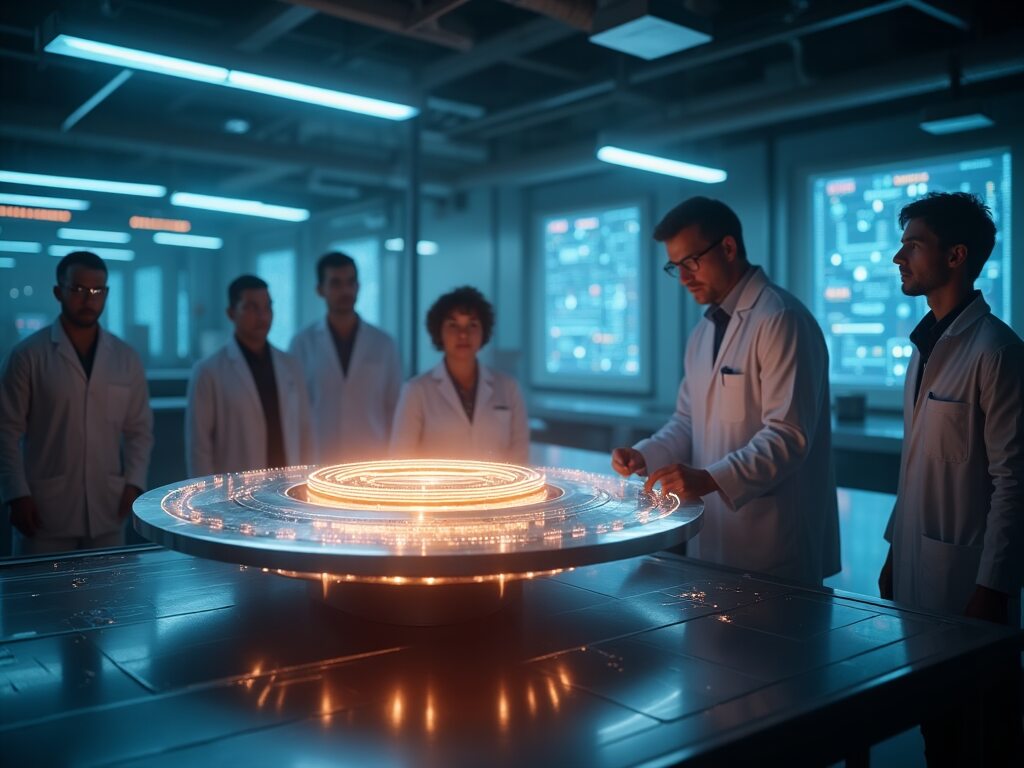
The Dream of Zero Energy Loss
It is the dream of a world where electrical current with no resistance exists- where power lines have no waste, computers are ten times faster and maglevs move with ease. It is what room-temperature superconductors promise and which have so far defied scientists in all their decades of work. However, more recent pseudo-claims such as the LK-99 frenzy of 2023 have been between hype and hype. Was it really a breakthrough or was it a celebration too soon? So what is really going on in the lab and why has this discovery the potential to redefine technology or turn out to be the cold fusion of the 21st century?
The Science Behind Superconductors (And Why Room-Temperature Is So Hard)
Superconductors are not a recent invention (we have been using superconductors in MRI machines and line accelerators, etc). However, they experience a caveat: they operate at temperatures that are cryogenic (that is, -321 o F in the case of niobium-tin alloys). Wild theories spawned in the search of room-temperature superconductive materials range to metallic hydrogen to copper-doped minerals such as LK-99.
The problem? Reproducibility. The story goes that in 2020 a group of researchers, headed by Ranga Dias, reported making a breakthrough in carbonaceous sulfur hydride at 59F temperatures, to be later retracted by minus one sources due to irregularities in the data. Even nowadays laboratories are still unable to tell the difference between the actual superconductivity and the magnetic abnormalities. In the words of Dr. Elena Rodriguez, a condensed matter physicist on the CERN superconductivity, “It is a quest to make ghosts until we observe the Meissner effect at ambient conditions.”
LK-99 and Beyond: Separating Fact from Viral Fiction
The internet went crazy last summer when a South Korean group declared LK-99, a lead based compound that would be superconducting at room temperature and pressure. DIY replication was trending on social media- until it was pwned by big labs such as Berkeley and Max Planck Institute. It seems this was the partial levitation of the material as a result of ferromagnetism rather than superconductivity.
But the hope is not killed. A Chinese group announced a potential new hydrogen-rich compound on March 2024 under high pressure. In the meantime, Google AI Quantum team is harnessing the power of machine learning to manipulate thousands of potential materials. The lesson? It takes the same pace as a peer review as opposed to twitter trends.
Why Replication Is the Real Bottleneck
That is the dirty little secret of superconductivity research the vast majority of claims are broken under the scrutiny of Databases. Ranga Dias is an example: published in Nature twice, twice retraction. Or the cold-fusion 1989 fiasco, a specter that will not go away. It is not exactly that there can be fraud, it is the subtleness of measurements. Two important proofs need to be made to superconductivity:
- Non zero electrical resistance (hard to prove at very small scales).
- The Meissner effect (the expeller of magnetic fields, otherwise misread).
And without either of them you have hype, not science. According to the Dr. Linh Pham at MIT: “There have been twelve plays since 2015, which you can call a game-changer. They all failed to pass the tests independently.”
What in case it really works? The World Remade
Suppose tomorrow a legitimate room temperature superconductor appears. The spillover would be huge:
- Energy grids would result in not only a severe cut in transmission losses (5-8% in the U.S. currently at an estimated cost of $20B in annual transmission losses).
- The quantum computers may jump out of research curiosities into ordinary household utilities.
- Transportation would be transformed like Tokyo to Osaka in an hour using vacuum maglev.
However, the downside of it is patents and politics. It is the cracker who will have entry into trillion dollar industries. Will they open up or close out?
So… Is the Hype True?
This is what the optimist states: “Science lives on dramatic proffers.” The skeptic puts up an argument, saying; Extraordinary assertions require extraordinary evidence. My view: Follow the small successes not the mainlines.
- IBM has recently synthesized a new type of hydride superconductors.
- The DOE is investing in 15 labs to investigate really dry materials: so-called ambient-condition materials.
- There are millions of candidates being boiled by AI-driven discovery (such as the GNoME project of Google).
The truth? we are nearer than ever–and yet years behind. Like in the case of fusion power, the successful moment will happen when we are least expecting it.
Final Thought: Science Isn’t a Viral Trend
When you read about the “latest superconductor breakthrough,” question: Has it been duplicated? Does the data exist in an open way? What scholars have to say? Science is not rapid, not pristine, not sexy and that is how it proceeds.
The press announcement will not be the first room-temperature superconductors. It will be generated in a laboratory notebook, splattered with coffee, with scribbles all over it marking out mistakes.” — unknown materials scientist
In a nerd mood to learn about actual studies? Become a follower of Nature Physics or the condensed matter part of arXiv and disregard any hype cycle.